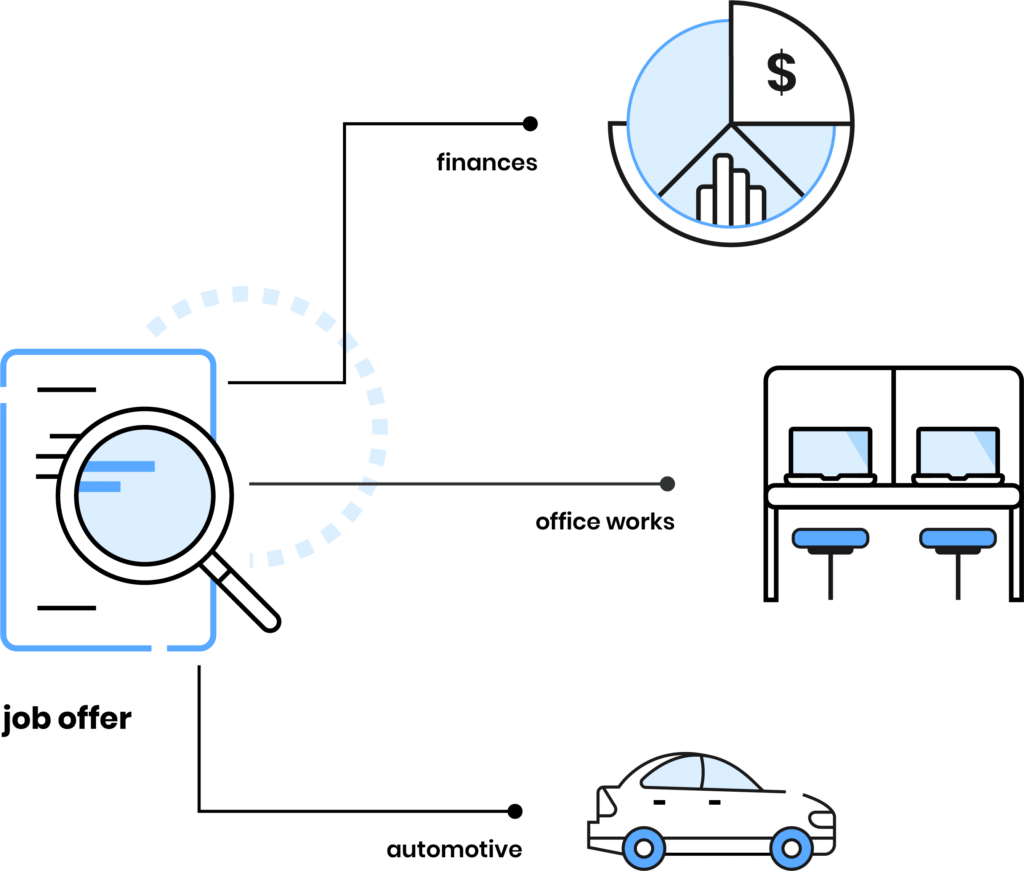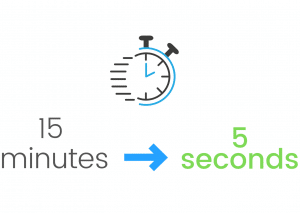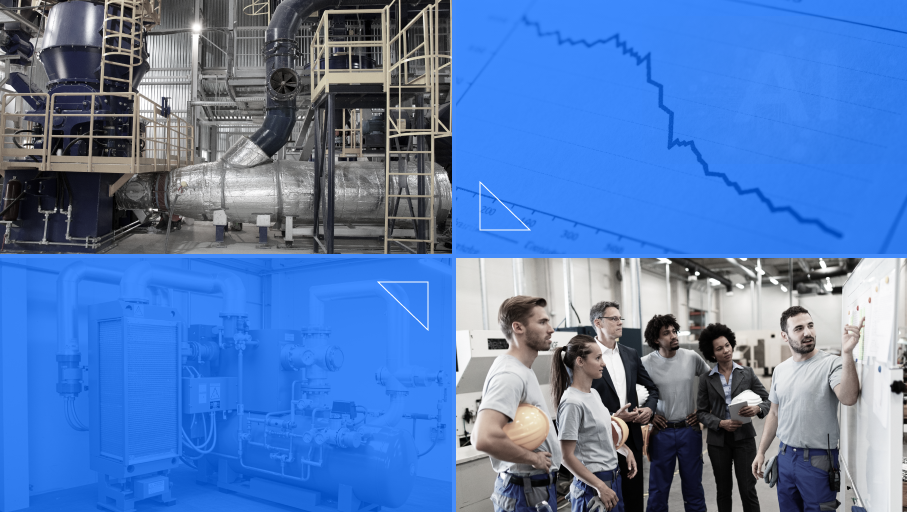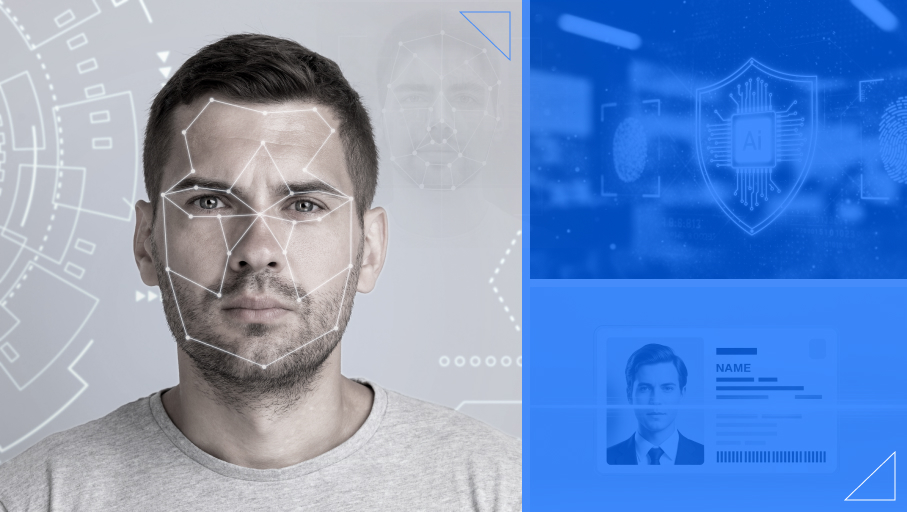Finding a valuable job is a life goal for most people in the world. However, not only employees have the challenge to find a job at the best possible company, but also employers are facing the problem of matching the best candidate for the role they offer. Would artificial intelligence help here?
Our client, Work Service decided to help companies that are struggling with big recruitment processes. Its goal was to create the best matching system to support the process and people who work with it on daily basis. In order to do it, the company contacts Stermedia. Our team of data scientists recommended using machine learning. What is machine learning? It is a technology that, instead of precisely programming computers, teaches them to perform tasks based on data analysis. In this case, it supports the recruiter’s work when selecting a candidate based on data such as position, education, and skills.

CHALLENGES
Work Service wanted to speed up the recruitment process by preparing a recommendation platform connected with resumes. Job offers are sorted and matched with a potential candidate. It helps to automate recruiters’ work and save time which can be dedicated to different activities in the company. One of the challenges was to exclude candidates without needed experience, educational background, or skills.
The process with the use of artificial intelligence has been divided into 3 stages: 2 related to the selection of keywords and 1 related to the matching with the use of machine learning:
- the keywords that define their skills are selected from the CV provided by the candidates
- keywords describing the job position are selected from job offers
- when searching for candidates for job offers, the system uses artificial intelligence to match the best suited people
Stermedia created a system processing job offers in batch mode. We analyzed all of the possibilities and focused on geolocalization, preparing a map/graph of the skills, education, and roles. We also worked on automatic data extractions (like skills, education, and experience) from CV and application to extract skills manually. To collect information effortlessly, the initial phone job interview with the candidate was run by an AI bot. What’s more, the AI bot is connected with RMS system which has been developed in Java by Stermedia since 2015.
Candidates recommendation system working as Machine Learning in both ways: job offer -> candidate and candidate -> job offer

As the result can be distinguished CV/Job offer skills extraction in following numbers:
- 6000 skills,
- 3000 positions,
- 3000 education entities,
- 10 models of artificial intelligence, and
- 100 000+ models fitted for parameters optimization.

RESULTS
The implementation of this system significantly shortened the recruitment process as well as improved the work of recruiters. The time spent on recruiting one candidate has been reduced from approximately 15 minutes to a few seconds.

Deep learning experts from Stermedia did a great job giving us depth analysis of social media (eg. LinkedIn, Twitter, Github, etc.) in terms of search candidates for the job, the initial automatic verification data profile, forecasting changes of job, combining profiles of the same person.
Piotr Adamczyk, CIO at Work Service Group, CEO at Kariera.pl
ADVANTAGES FOR RECRUITERS:
- AI hints about the quality of the offer
- initial phone job interview with the candidate runs by an AI bot
- continuity of contact in the recruitment process
- no need to install additional tools
- the ability to publish job offers on one of the popular websites directly from the application
- dealing only with CVs after initial verification
- arranging more quality calls
- higher conversion to employment
- the opportunity to focus on the more advanced phase of the recruitment process
- support in professional development
Recommender system – technically:
- Text lemmatization and normalization
- HTML tags treatment
- Misspelling treatment
- Word2Vec (a numerical representation of text)
- Brand classification of candidate
Recommender system in models:
- Clustering (k-means)
- Topic modeling (NEF, LDA)
- Classification (xgBOOST)
- Recommendation (FM, xgBOOST)

Being a part of this project combining machine learning and human resources was a great experience. I’m glad that the HR specialist could work more efficiently thanks to the Work Service platform.
Piotr Giedziun, Scientist, Stermedia
TECHNOLOGIES
Python, k-means, knn, NEF, LDA, PCA, Factorization Machines, xgBoost, word2vec, levenshtein distance, django, Django Rest Framework, d3.js, ggplot
Are you inspired?
Let’s talk about your idea.
Let’s talk



